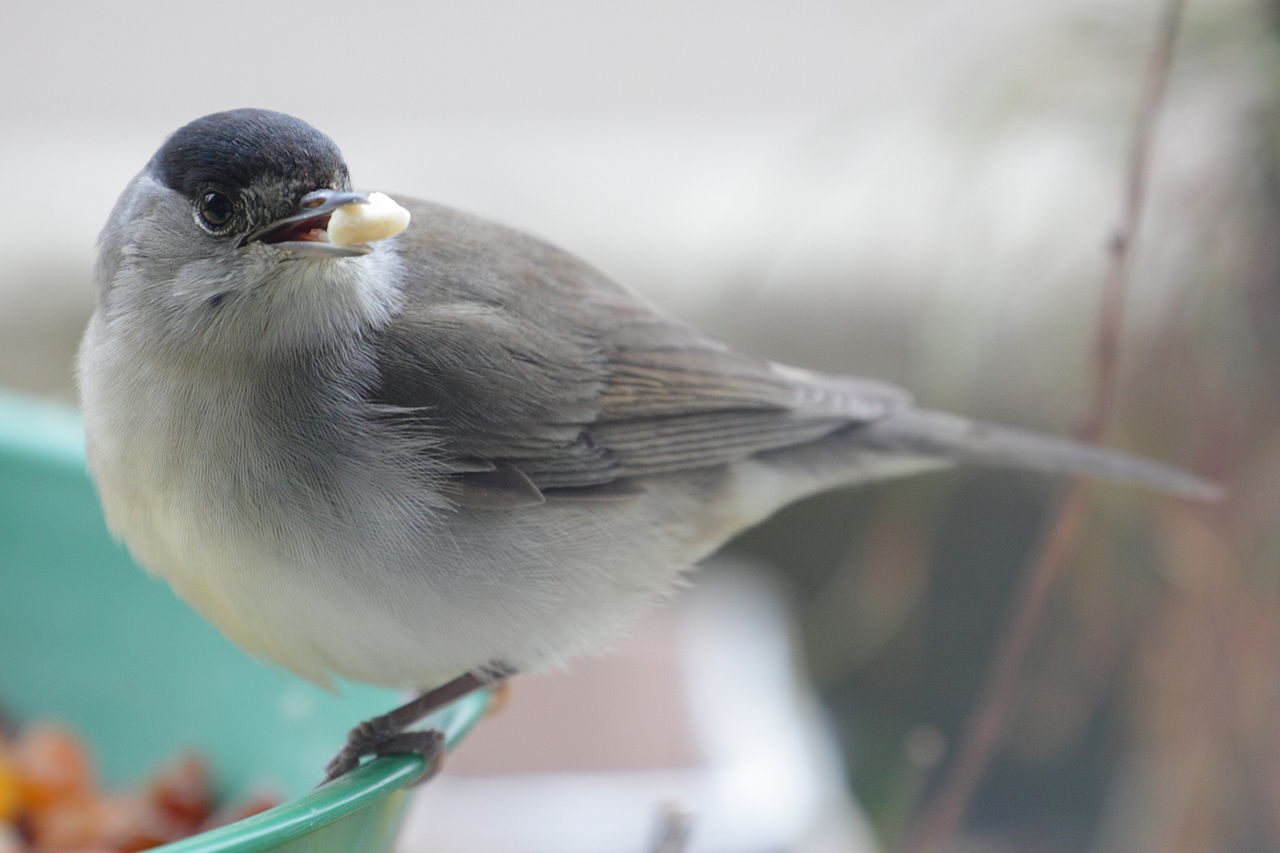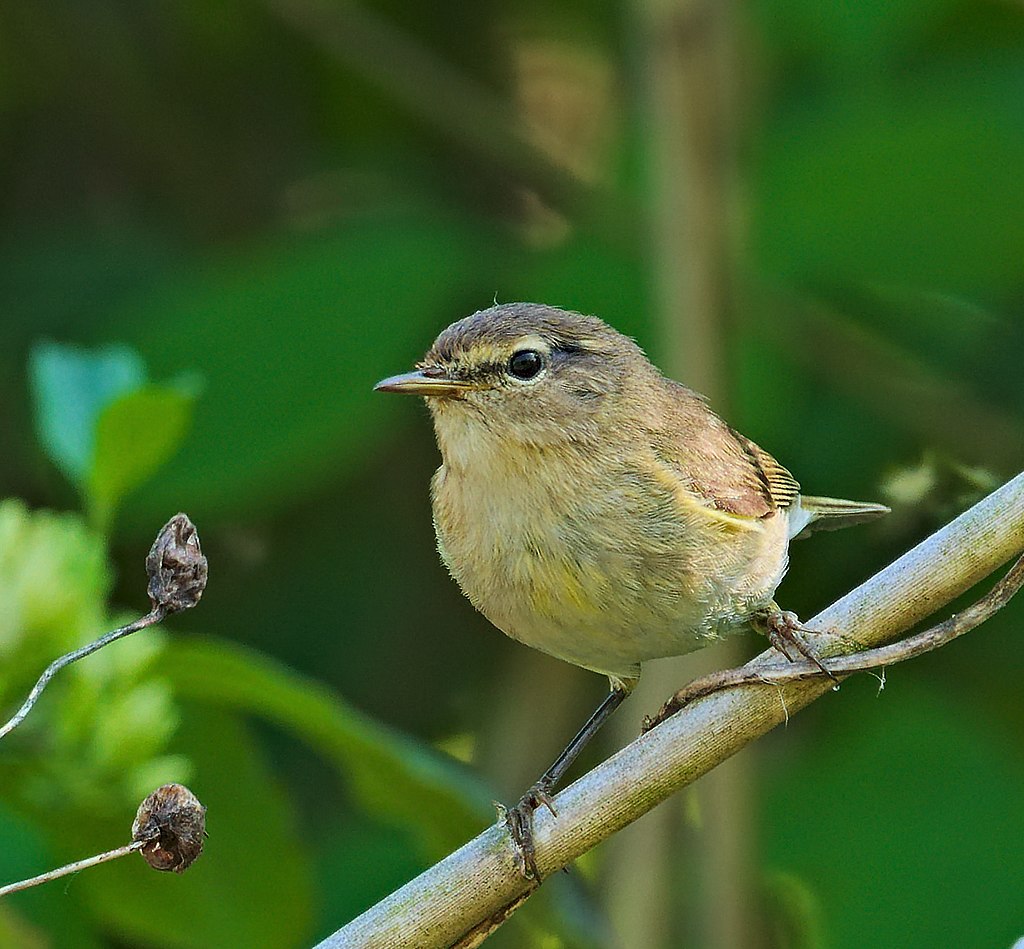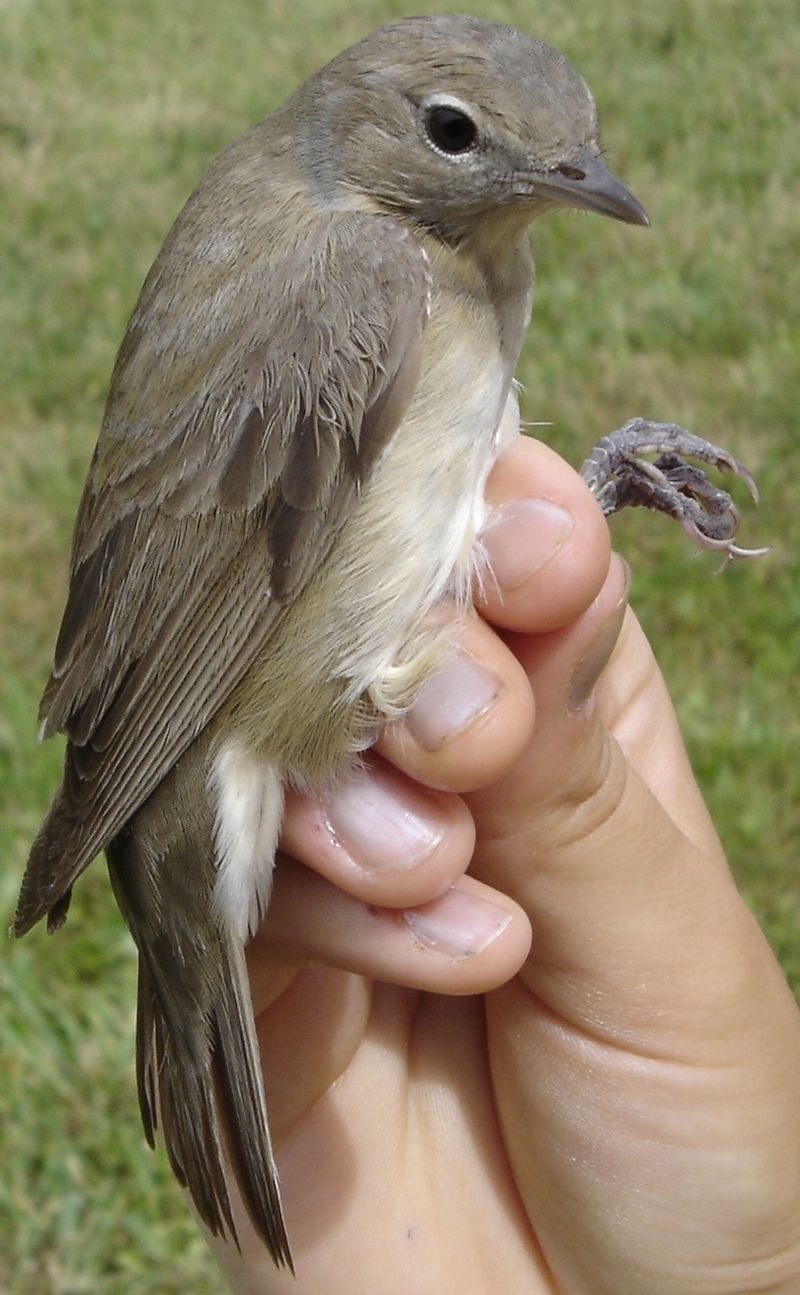
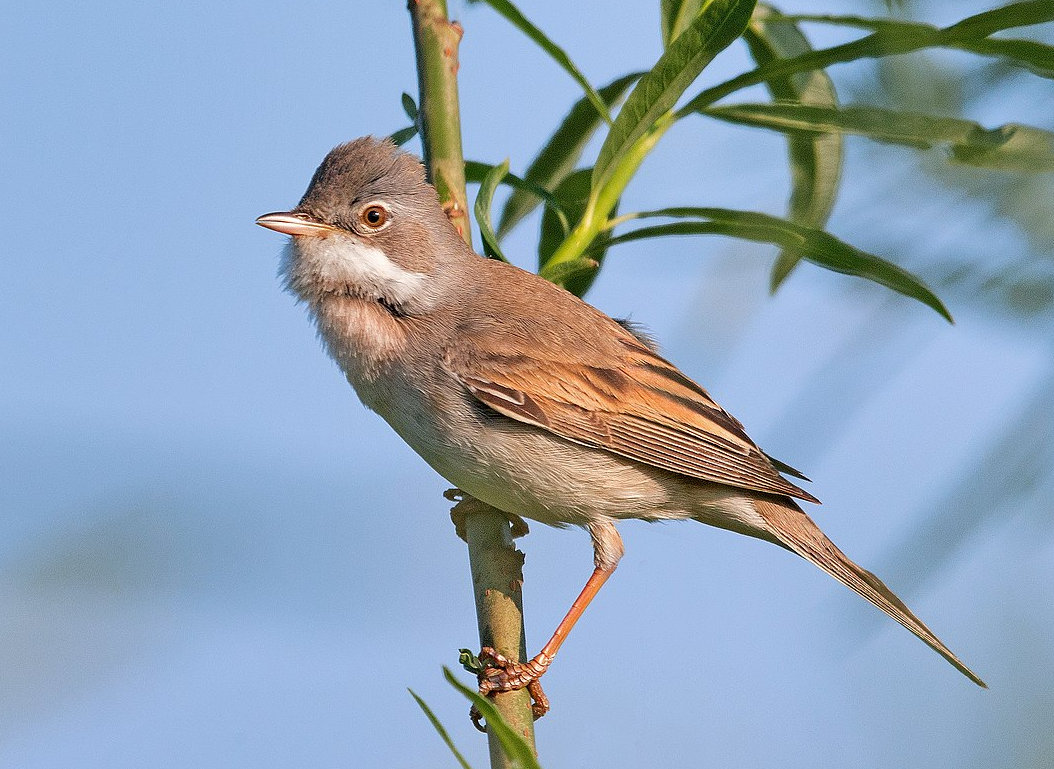
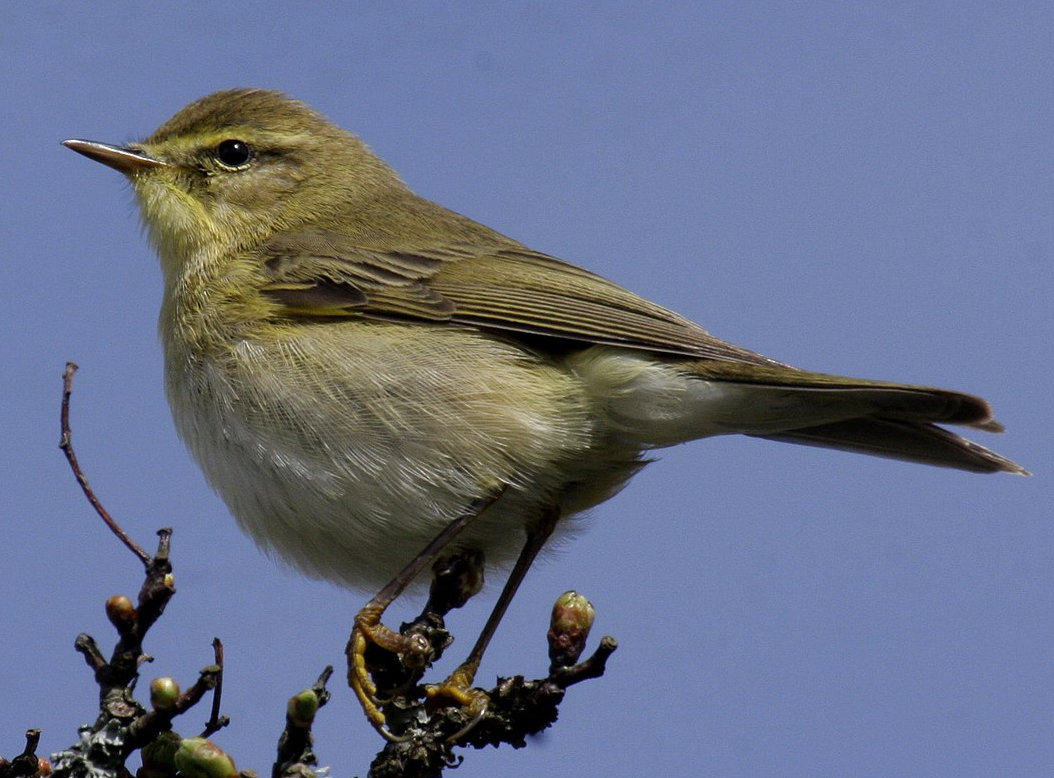



Garden Wildlife
Garden Wildlife


Warblers
Warblers are the archetypal "little brown birds" that are the despair of beginner bird-watchers, because there are at least 30 species in Europe (and half occur in Britain and Ireland), they are all small, and most are pretty similar in appearance. There are two species that are found in gardens, but neither are very common.
Old-world warblers were all included in the family Sylviidae but most are now classified in several other families. Our blackcap is still in the family Sylviidae, while the chiffchaff is in the Phylloscopidae.
Warblers are small insectivorous birds and all but the scarce Dartford warbler are summer visitors that spend the winter further south. The blackcap has recently become a winter bird here, but they are winter visitors from central Europe, and not summer breeders hanging on.
Click on the images below to go to the page for each species:
Blackcap Sylvia atricapilla
Slate grey upper parts and paler underside. Prominent cap - black in the male and brown-red in the female
13cm
10cm
Chiffchaff Phylloscopus collybita
Smaller, brown bird with a pale eye-stripe. Dark legs. A very distinctive "chiff-chaff" song
Other warblers to be aware of:
11cm
Whitethroat Curruca communis
Bigger, brown back, light pinkish underside, white throat. Male has a grey head, female's head is brown.
BTO profile
14cm
Garden warbler Sylvia borin
Larger bird, grey-brown uppers, pale underside. Rather rounded head and a stubbier beak than most warblers.
Despite its name, this is not a garden bird, but is typical of woodland and scrub.
BTO profile
14cm
Page written and compiled by Steve Head
Warblers
Warblers are the archetypal "little brown birds" that are the despair of beginner bird-watchers, because there are at least 30 species in Europe (and half occur in Britain and Ireland), they are all small, and most are pretty similar in appearance. There are two species that are found in gardens, but neither are very common.
Old-world warblers were all included in the family Sylviidae but most are now classified in several other families. Our blackcap is still in the family Sylviidae, while the chiffchaff is in the Phylloscopidae.
Warblers are small insectivorous birds and all but the scarce Dartford warbler are summer visitors that spend the winter further south. The blackcap has recently become a winter bird here, but they are winter visitors from central Europe, and not summer breeders hanging on.
Click on the images below to go to the page for each species:
13cm
10cm
Chiffchaff Phylloscopus collybita
Smaller, brown bird with a pale eye-stripe. Dark legs. A very distinctive "chiff-chaff" song
Blackcap Sylvia atricapilla
Slate grey upper parts and paler underside. Prominent cap - black in the male and brown-red in the female
Other warblers to be aware of:
11cm
14cm
Whitethroat Curruca communis
Bigger, brown back, light pinkish underside, white throat. Male has a grey head, female's head is brown.
Rare in gardens
BTO profile
14cm
Garden warbler Sylvia borin
Larger bird, grey-brown uppers, pale underside. Rather rounded head and a stubbier beak than most warblers.
Despite its name, this is not a garden bird, but is typical of woodland and scrub.
BTO profile
Page written and compiled by Steve Head
